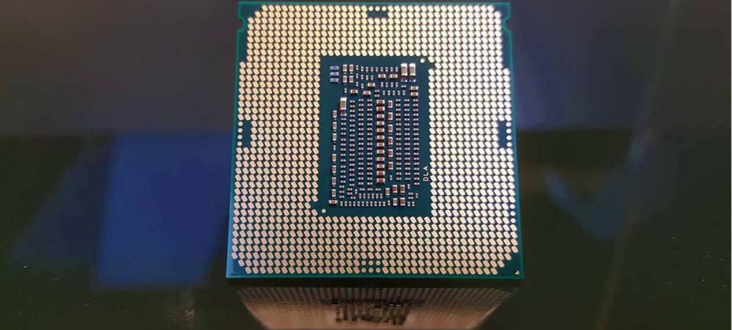

We're also going to take an abbreviated look at 3,840x2,160 (2160p, UltraHD / 4K).
#How to use quick cpu for gaming 1080p
On the following pages, we'll be answering the question of how many CPU cores are enough four ways: at 1080p with the GeForce RTX 3070 and Radeon RX 6800 XT, and at 1440p with those same cards. Yes, we know they're very hard to get at MSRP, but that's currently a constant we have not control of, and we're answering questions of science here. Based on their launch MSRP, the $500-550 GeForce RTX 3070 and $679-700 Radeon RX 6800 XT represent two slightly different segments of the market, but both still occupy the higher-end of the graphic card scale. Still, to detail an accurate view for the future, we're looking at current model GPUs.

Unfortunately, shortages have made graphics cards hard to obtain, and we're not blind to that fact.
#How to use quick cpu for gaming full
These are by far the two most popular resolutions according to Steam's PC hardware survey, with 1080p representing a full two-thirds of all PCs with the seminal online gaming store installed.Ĭyberpunk 2077 is well known for its ability to chew through many CPU threadsīy the same token, targeting a resolution is great, but the graphics card is also a consideration because it might not be able to handle rendering at the display's native resolution. How many cores are enough for a gaming PC? First of all, asking this without also knowing the target rendering resolution is meaningless. The question we're asking here, however, is pretty simple. Balanced system builds make the most of your compute, memory, graphics and rendering resources. These considerations are why we've published system build guides at HotHardware in the past. On the other end of the spectrum, lower-end graphics cards trying to drive a 4K display at its native resolution will likely falter. By the same token, if we only populate one memory channel, a very fast processor could be starved for memory bandwidth. It would be unwise to put a Core i3-class CPU in a gaming PC with a GeForce RTX 3090, because it's imbalanced and a lot of GPU performance will go untapped. If a processor is too slow, it can't drive a graphics card to its fullest potential, leaving performance on the table. As you might imagine, not all game engines are built to fully utilize 32 threads, but that's where this article comes in rather handy, to help you sort things out.īottlenecks, A Balanced System And How Many CPU Cores You'll Actually Needīuilding a gaming PC is an exercise in alleviating bottlenecks. Is a Ryzen 9 5950X more than twice as fast in games, though? Again, assuming there are no other system bottlenecks, it's hard to say. A Ryzen 5 5600X has six cores with 12 hardware threads and a maximum clock speed of 4.6 GHz while the Ryzen 9 5950X has more than twice the cores and threads, 16 and 32 respectively, but maxes out at 4.9 GHz. AMD's current Zen 3 family has four CPU models separated by a mere 300 MHz, which works out to be around a meager six percentage points. These days, just about all processors are running at or near the ragged edge of their clock speed capabilities. Multi-core CPUs were born, integrating two (or more) independent processor cores on a single chip, but certainly not all games were multi-processor aware.

First AMD, and later Intel, broke away from this simple equation by creating model families and tiers within those families. An Intel Pentium II 450 MHz was faster than a Pentium II 366 MHz, and there wasn't much debate about that. More megahertz on a fast CPU architecture generally also meant that the CPU would be better for a whole host of tasks, in addition to games, versus a lower clocked chip. Back in The Day, figuring out which PC processor was better for gaming was a matter of architecture and clock speed.


 0 kommentar(er)
0 kommentar(er)
